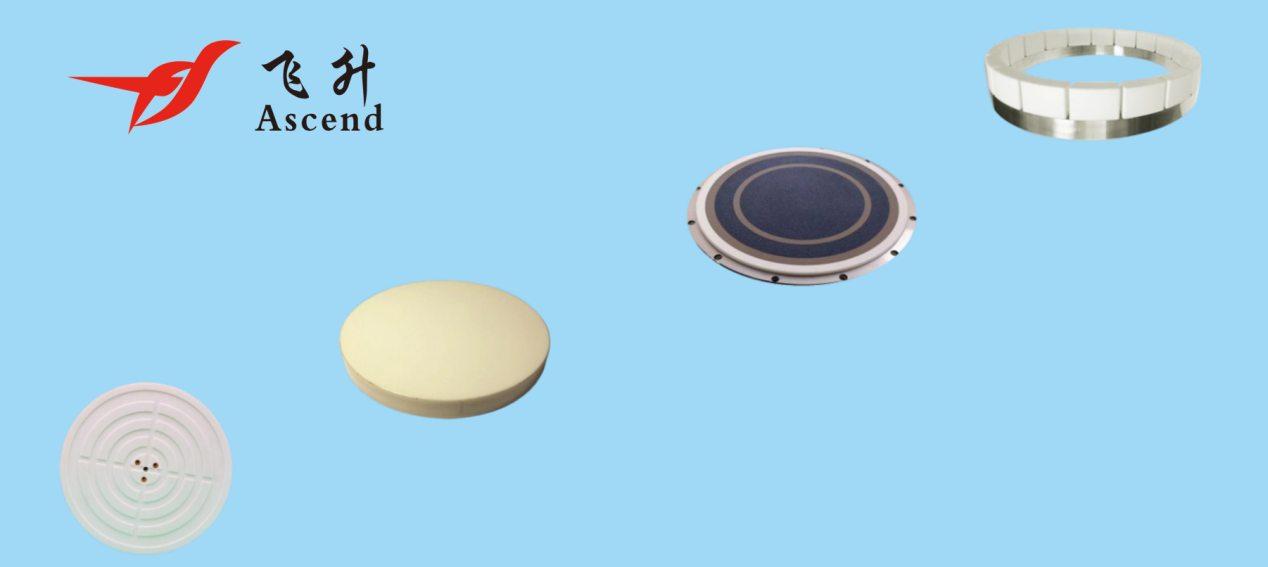When it comes to interior design, the placement of furniture can significantly influence the overall ambiance and functionality of a room. Among the various pieces of furniture, the sofa often serves as the centerpiece of a living area, making its placement crucial. However, many homeowners overlook certain areas where a sofa should never be placed. In this article, we will explore the key locations to avoid when positioning your sofa, ensuring that your living space remains both aesthetically pleasing and practical.
- Directly in Front of Windows
While it may be tempting to place a sofa in front of a window to take advantage of natural light, this can lead to several issues. First, obstructing a window can block valuable light from entering the room, making the space feel darker and less inviting. Additionally, it can hinder the view outside, which can be particularly frustrating if you have a beautiful landscape or garden. Instead, consider positioning your sofa at an angle or against a wall adjacent to the window to maintain the flow of light while still enjoying the view.
- In High-Traffic Areas
Another common mistake is placing a sofa in high-traffic areas, such as hallways or near doorways. This can create a barrier that disrupts the natural flow of movement within the space. Not only does this placement make it inconvenient for people to navigate through the room, but it can also lead to accidental bumps and spills. To avoid this, ensure that your sofa is positioned in a way that allows for easy passage, ideally away from the main pathways of the room.
- Against a Wall Without Balance
While placing a sofa against a wall is a standard practice, doing so without considering the overall balance of the room can lead to a disjointed look. A sofa that is pushed too far against a wall can make the room feel cramped and uninviting. To create a more balanced aesthetic, consider leaving some space between the sofa and the wall, allowing for the addition of side tables or decorative elements. This not only enhances the visual appeal but also provides functional surfaces for lamps, drinks, or books.
- Too Close to Other Furniture
Proximity to other furniture can also affect the comfort and usability of your sofa. Placing a sofa too close to other pieces, such as chairs or coffee tables, can create a cluttered environment and make it difficult for people to move around comfortably. Ideally, there should be at least 18 inches of space between the sofa and other furniture to allow for easy access and movement. This spacing also encourages conversation and interaction among guests, enhancing the overall social atmosphere of the room.
- In a Dark Corner
A sofa placed in a dark corner can make the space feel isolated and uninviting. Dark corners often lack adequate lighting, which can lead to a gloomy atmosphere. Instead, aim to position your sofa in a well-lit area of the room, preferably near a light source such as a lamp or window. If a corner placement is unavoidable, consider adding additional lighting fixtures or decorative mirrors to brighten the space and create a more welcoming environment.
- In Front of Heating or Cooling Vents
Placing a sofa in front of heating or cooling vents can obstruct airflow, leading to uncomfortable temperatures in your living space. This can result in uneven heating during winter months or inadequate cooling in the summer. To maintain a comfortable environment, ensure that your sofa is positioned away from vents, allowing for proper air circulation throughout the room.
Conclusion
The placement of your sofa is a critical aspect of interior design that can greatly impact the functionality and aesthetic of your living space. By avoiding common pitfalls such as placing the sofa in front of windows, in high-traffic areas, or too close to other furniture, you can create a harmonious environment that promotes comfort and social interaction. Remember to consider factors such as lighting, airflow, and balance when determining the best location for your sofa. With thoughtful placement, your living area can become a welcoming haven for relaxation and connection.




